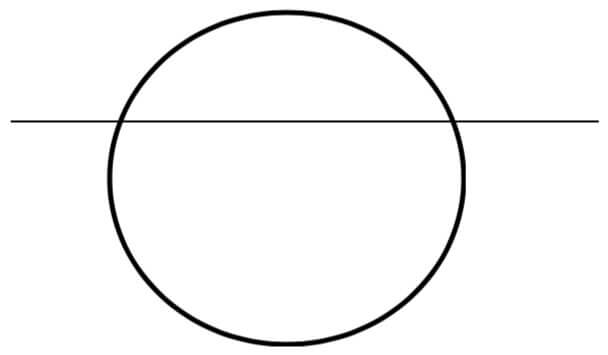A free grounding exercise for coaches

In a previous blog post, I explored what develops your presence as a coach. In view of our lives over recent months, I am sure you will agree that now, more than ever, as coaches we need to be present.
We also need to become more conscious of the practices that support our self-care, self-regulation and help us to come into presence — so that we can continue to hold a transformational development space for our clients without burning out.
Recently, and understandably, many of my supervision clients have been reporting a felt sense of tiredness from their coaching work — this is a result of holding the emotions and agitated thinking of their coaching clients. The impact of the pandemic on these clients’ roles, teams and workplace has been hugely significant and disruptive.
This tiredness also reflects the time of year, and the amount of personal energy coaches have invested in supporting their clients during the COVID-19 crisis.
Working remotely as coaches also seems to be taking its toll, with my clients noticing that they are feeling the effects of long days coaching virtually. On one hand they are appreciating the realities of not commuting; but on the other feel the negative impact of less periods of movement, physical connection and space between sessions.
In my What is Mindfulness? blog post, I wrote about the importance of noticing when we are not present to our lives and on autopilot. In this post, I also shared interesting research from neuroscience; a key study shows that the average person spends approx. 47% of their waking hours on autopilot.
When we are on autopilot as coaches, it is often when we are unconsciously more reactive (internally) to what we are experiencing from our external circumstances; this includes our client’s material as well as our own lives. So now more than ever we need to be more conscious of this and connect to ways of waking up and stepping out of our unconscious reactive loops.
“Whatever is not brought into consciousness comes to us as fate.”
— Carl Jung
A useful image to consider this further comes from Joseph Campbell — the circle below with a line through it:

Above the line represents everything we are conscious of, and below the line is everything outside our conscious awareness. Examples of the latter may include our emotions, habits, patterns, conditioning, stories, narratives, beliefs and assumptions.
Tara Brach describes being below the line as living in a trance and how being in a trance is ‘like being in a dream.’ She also describes the qualities of being above the line in presence as wakefulness, openness and tenderness.
So, above the line is being present as a coach, which we can describe as “the cultivation of being and heightened and expanded awareness of the coach; characterised by the felt experiences of stillness, timelessness and connectedness.” (quotation adapted from Douglas Silsbee).
In view of our own and clients’ current contexts, I want to offer you a free grounding exercise to support you being present in how you are showing up in your work and life. As Bruce Lee said, “under pressure we do not rise to our expectations, we fall to the level of our practice.”
Below you will find an MP3 containing this exercise — I hope this supports you over the coming months.
References
Tara Brach – Radical Compassion
Douglas Silsbee – Presence Based Coaching.
Get free coaching and mindfulness resources
Join our community for free and get a host of free resources, including our guide to becoming a professional coach, access to our coaching webinars, a free mindfulness e-kit and much more.
